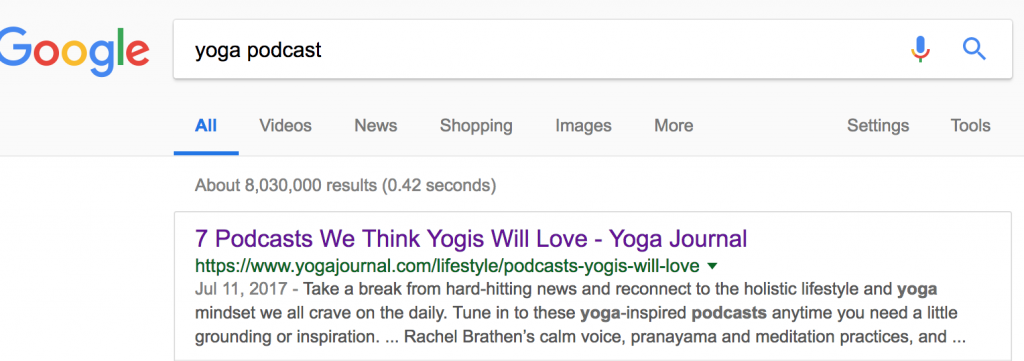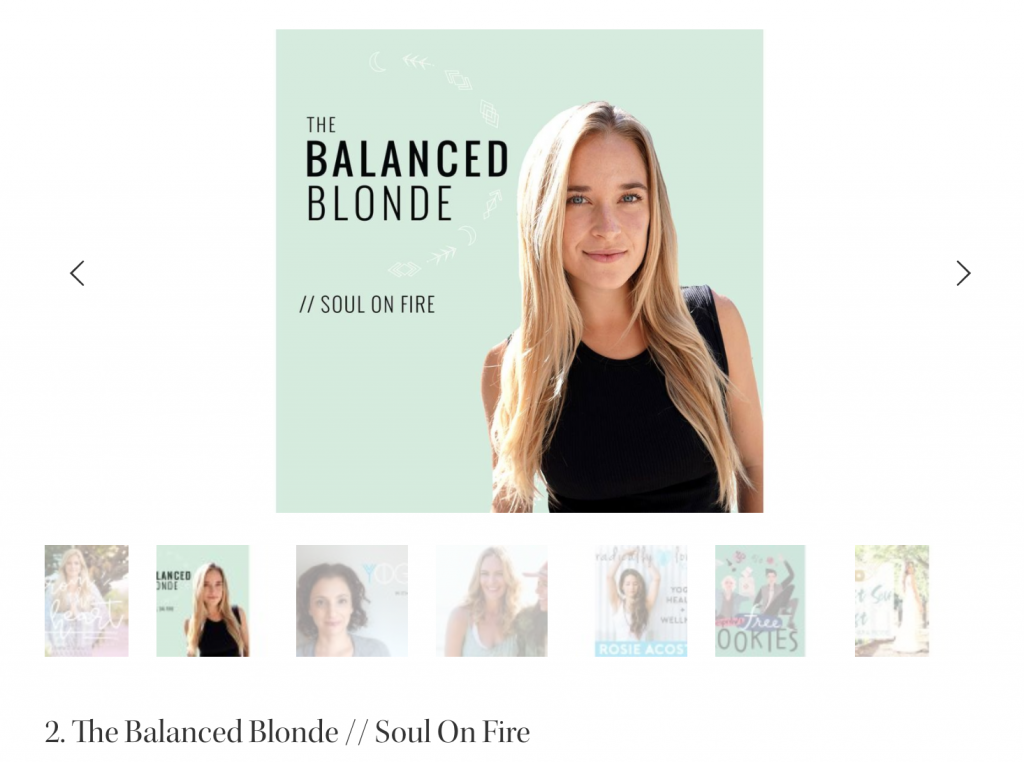In the social marketing world, our unrelenting hunt for ROI stems from fear. The fear is that there is one definition of ROI for social media, but we’re just not advanced enough to know about it. If we haven’t found it yet, it’s coming. And we’d better be here to catch it when it does show up.
I’m here to tell you the fear is unwarranted. Now put on a face mask and take a hot bath, or whatever you do for fun. I don’t know, I’m in my thirties—that’s about as fun as it gets.
Social marketers have goals, contribute to their businesses in ways big and small, and achieve results that would be impossible without social media, including a proximity to and understanding of their organization’s core audiences and their needs.
From strategizing and scheduling social media campaigns, to translating campaigns across multiple social channels, each with their own levers, idiosyncrasies, and evolutions, to standing on the front lines of audience interaction, the social marketer’s primary role is to drive brand awareness and cultivate community. The goal is to increase the number of people who know about you and keep your brand top-of-mind (in a good way) among those who already know about you.
This is why our industry has struggled to “get beyond engagement” and “understand social ROI” for so long.
The “Truth” About Social ROI
The truth is, there’s no there there. Because, while this ROI topic is of great interest in our community (I can tell you with authority, as someone who markets to social marketers) and a worthy theme if you’re looking to drive web traffic to your blog, the truth is…
- ROI will look different for every single organization. And it will depend largely on the individual social marketer to define it. And, by and large, it doesn’t come down to a dollar amount.
- Engagement is at the core of everything a social marketer does and everything a brand is. It’s the heartbeat.
- The customer journey is vast and will always be, to some extent, untrackable.Yes, even with AI and predictive analytics and those brain chip implants that are coming next (just kidding…sort of).
I can hear the “performance marketers” jeering all the way from here. Hear me out.
My ROI Anecdote
I’m into yoga, and I was searching for a podcast on the topic. I chose the most creative route and googled “yoga podcast.” The first search result was for a Yoga Journal article recommending various podcasts.

Because I trust Yoga Journal as a news source, I clicked through to check out their recommendations.
In Yoga Journal‘s roundup, I was called to this podcast: The Balanced Blonde.

Why The Balanced Blonde and not one of the six other recommendations? The truth is, I don’t know. Maybe because I’d seen The Balanced Blonde in some other context before, and some reptilian part of my brain remembered? Maybe because I liked her podcast cover art? Maybe because she came early on in the recommendation list? It’s a mystery.
I started listening to an episode and loved it. The guest that The Balanced Blonde had on this particular episode was named Jamie Graber. I looked her up on Instagram and wasn’t that into her feed—not as much unique content, not as much content in my wheelhouse—so I decided not to follow her.
I searched for The Balanced Blonde on Instagram and started following her after looking at her profile. I looked at a few of her posts to make sure they’d be aligned with the kind of content I want to see on my feed, and then decided to follow her. I now “like” just about everything she posts, seriously consider all products she recommends on social, her site, and her podcast, and check back in with her “brand” regularly.
But Wait, There’s More
Before I wound up on The Balanced Blonde’s Instagram, I got sidetracked by a post from Tula Organics, another brand I follow.
This post featured a partnership giveaway with Square Organics. I clicked through on the Square Organics handle to find out more (I had never heard of the brand before), entered the contest, and also tagged a friend. I then went to Tula Organics’ website to see what new offerings they have. I ended up buying something.
Finally, I looked up The Balanced Blonde’s profile. That’s when I ended up following The Balanced Blonde on Instagram. In between, I made many decisions and engaged in a wide variety of ways.
Now you know a lot more about me than you probably want to, but here’s my point: in the anecdote above, I took part in every phase of the buyer’s journey, from awareness to consideration to decision-making to adoption to advocacy. And I did it with lots of brands simultaneously.
There is no straight line to conversion on social, because it doesn’t mirror how people behave, which is erratically, distractedly, and at often unpredictable time intervals.
I’ve signed up to be on the email lists of brands and influencers I heard about on podcasts, podcasts which I originally learned about on a Facebook Live. I’ve booked a hotel because I saw various events there on my Instagram Stories. I’ve looked up thought leaders and B2B vendors because I saw them mentioned by people I respect on Twitter. Eventually I signed a contract. All of these stories feature social as a core component and end in conversion…but where’s the social ROI?
The bottom line, social marketer: It’s time to reframe the ROI conversation yet again, this time in the opposite direction. There may be no ROI, in the traditional sense of the term. There may be no phantom dollar amount to finally tell you, down to the cent, that your valiant efforts have borne fruit. That means…
It’s Time to Take Matters into Your Own Hands
You’ll have to define ROI yourself.
Let’s take an example. Most brands on social are both engagement and web referral engines. That’s your ROI: you grow and engage your company’s audience, and then direct it to your web properties.
You hold your brand’s community in the palm of your hand, growing and shaping it through various ever-evolving strategies, and you drive web traffic.
You have amplification performance metrics, engagement performance metrics, and web traffic performance metrics.
You get your audience educated and ready to buy.
In the meantime, they know about your brand, even care about it. They love your content, and recommend you to friends. You did that.
That’s your ROI.